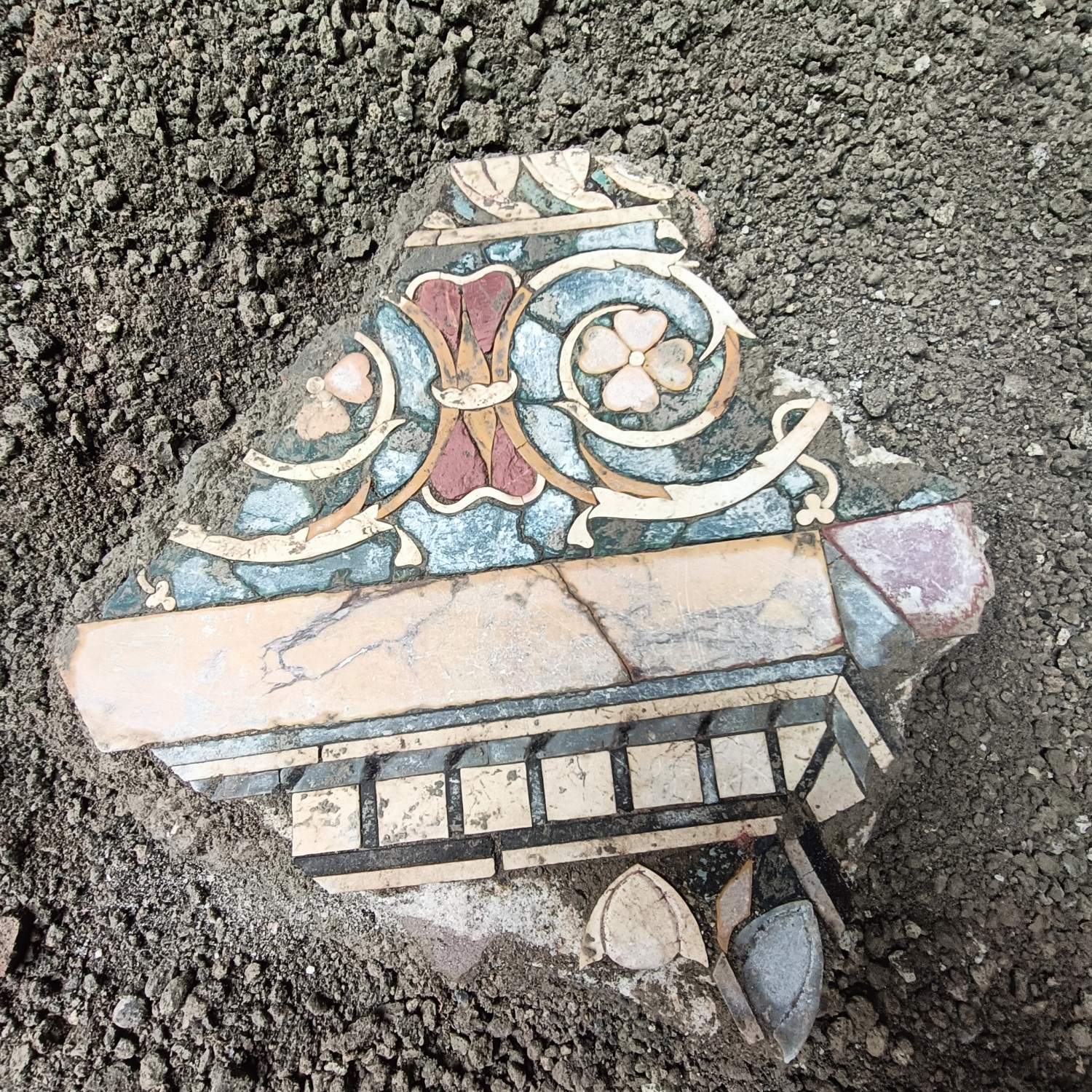Imagine returning to your home, the ancient Roman city of Pompeii, after it had been crushed and crozzled by a violent volcanic eruption. The streets are buried in ash, your house is flattened beneath a shower of boulders, and your favourite bakery is nowhere to be found. Remarkably, there’s now evidence that some people did just that, even returning to the city to pick up the pieces of their lives after the devastation.
New research by the Pompeii Archeological Park suggests that the city was reoccupied after the notorious eruption of 79 CE, although ultimately, not permanently.
It is estimated that around 20,000 people lived in Pompeii before 79 CE, although the precise death toll of the eruption is still debated. The remains of around 1,300 victims have been discovered since excavations began in 1748, but around one-third of the city has still not been uncovered.
Many survivors, unable to start new lives elsewhere, appear to have returned to the devastated city. In a time of desperation and uncertainty, homeless people came back in search of shelter and the hope of recovering anything valuable from the ruins. A few were successful, and a population managed to inhabit the site until the 5th century CE, when the city was abandoned for good.

A beautiful decorative relic found in the recent excavations of the Insula Meridionali.
Image courtesy of Pompeii Archeological Park
This theory is backed up by new data and archaeological evidence suggesting people were living in Pompeii after 79 CE. Recent excavations of the Insula Meridionalis in the southern quarter of Pompeii’s ancient urban center have suggested that people might have inhabited the upper stories of buildings, which were tall enough to poke out of the field of volcanic ash.
“Thanks to the new excavations, the picture is now clearer: post-79 Pompeii reemerges, less as a city than as a precarious and gray agglomeration, a kind of encampment, a favela among the still recognizable ruins of the Pompeii of old,” Gabriel Zuchtriegel, director of the Pompeii Archaeological Site and co-author of the article, said in a statement sent to IFLScience.
The archaeological excavations have uncovered various relics, including shards of ceramics and bits of marble, that can be dated to the centuries after 79 CE. They even discovered the remains of a newborn baby that was buried in a layer of sediment dating somewhere between 100 to 200 CE. Evidently, life had returned.
“The survivors could return to their ‘home,’ certainly with somewhat gloomy feelings, considering how much was left, but for those who had nowhere else to go, it was better than nothing. They made do among the half-collapsed walls of the upper floors, building temporary shelters and fireplaces among the dust. They dug underground, in the hope of recovering precious objects, tools, and materials. Every now and then, a victim was found, or the corpse of a decomposing animal,” a new paper on the findings reads.

Ongoing excavations of the Insula Meridionali in the southern quarter of Pompeii’s ancient urban center
Image courtesy of Pompeii Archeological Park
Still, it is clear that post-79 CE Pompeii was a shadow of its former self and the city was never fully restored to its former glory. Life there was, almost literally, post-apocalyptic.
“The refoundation of Pompeii was not a failure; indeed, it continued until the late Imperial Age. But it was not a success either. A true city is no longer born: it is a conglomeration, a mere existence among the ruins of a skeleton of a city, which crumble over the centuries while surrounding vegetation resurges with new strength,” the study authors wrote.
The new study is published in the E-Journal of the Excavations of Pompeii.
Source Link: People Returned To Live In Post-Apocalyptic Pompeii – But Life Was Never The Same